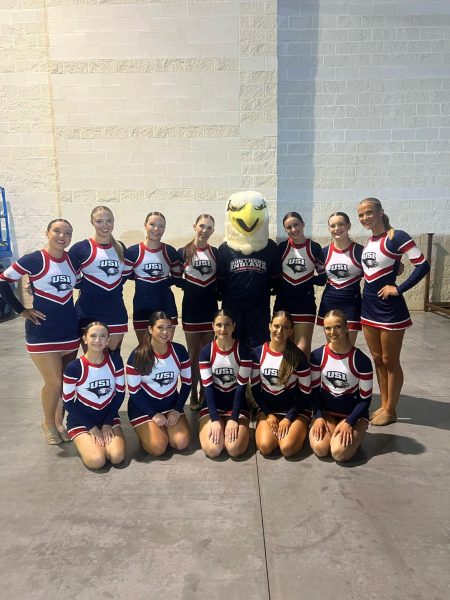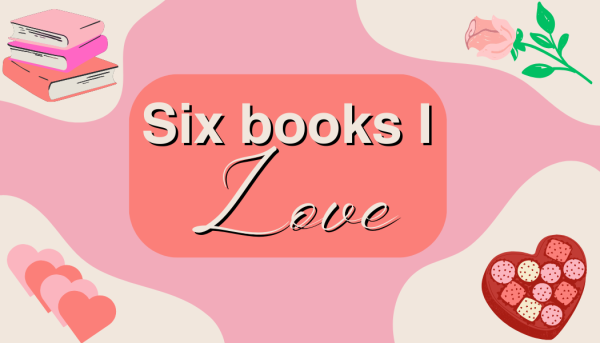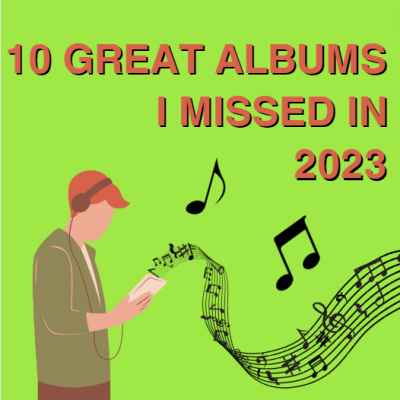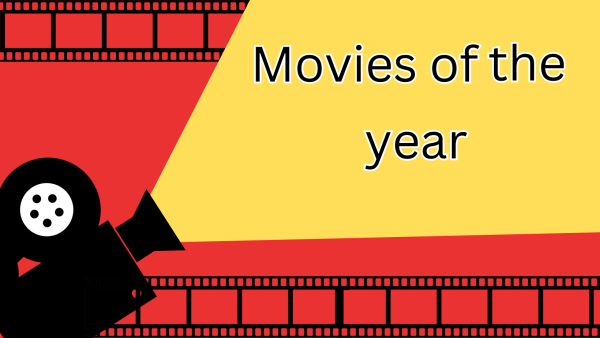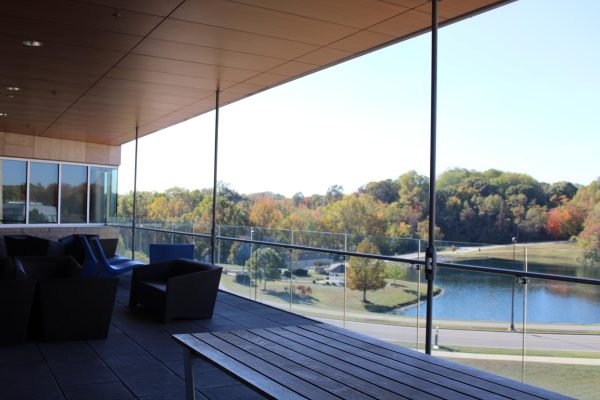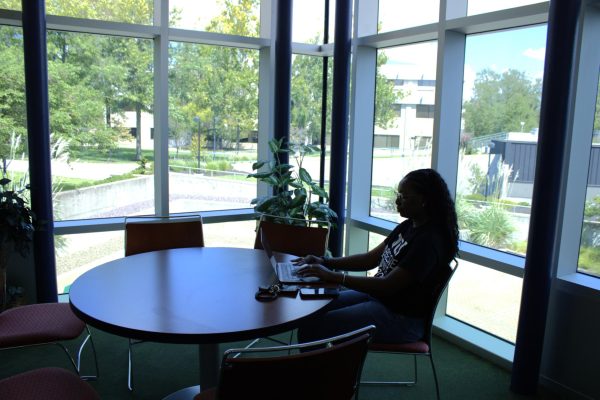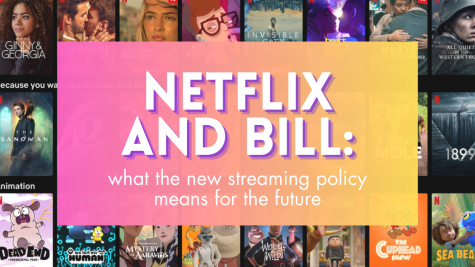Soviet Union course proves eye-opening
Not surprisingly, that gets mixed reactions when you tell people. I’d divide the initial reactions into two groups: those who find it genuinely interesting and those who scoff at the idea of learning about this weird, parallel, one-sidedly taught 82-year period in history.
The last time I got a strange reaction from someone, it made me wonder why that was. This exposes a hole in how we think.
Why on earth would anyone react to you trying to learn about something new like finding out you’ve just taken a wrong turn onto a dead-end road?
The hole is that we need to learn more about those who are currently living or those who had lived completely different than us. After World War II, the political climate became one of chilling tense bipolarity.
It is now taught and described as the Cold War. Two huge global powers that didn’t understand each other at all, that lived completely differently, were suddenly able to blow up the Earth thousands of times over if any of these misunderstandings escalated.
An individualist, democratic, capitalist country and a collectivist, autocratic, communist country. It’s not hard to see why the two didn’t get along. They had much of the same interests and one of them achieving those interests in dramatically different but overall fairly similar ways always left the other feeling threatened.
It’s not unlike our domestic political climate today. The other side achieving something means that they are winning. There’s no compromise because that translates as a win for the other side as well, and depending on the situation, maybe even a bigger win than your own. One side wins, one loses. Citizens are left over as the rope in a game of tug-of-war.
As a result, we don’t learn about the other team. They are the enemy. We must choose a side. Our team is picked from a hat and we wear their shirt. We attack the other team and try to win at all costs. We write our tweets with intent and malice, aiming to turn the other side into nothing more than a label.
Once that label is affixed, there’s no need to learn about what is behind the label. It’s just a label, and it tells you what the object is.
The further we step away from compromise and understanding, the harder it is to see our own poisonous subjectivity. The world is much simpler when the objective is clear. But the world is much more intricate, beautiful and elegant when its complexities are noticed.
The world is not the United States vs. the Soviet Union. Our country is not Democrats vs. Republicans. Let me pose this to you: look behind the old government officials of the two Cold War regimes, throwing their countries into proxy wars and trying to “valiantly” win the war of ideas.
Once you see past those people, both countries are something complex with a simple but similar goal. Their scientists, teachers, factory workers, students, etc. just want a better life for themselves, their family, their country and humanity overall.
That is easy to realize when you think about why any of us do the things we do in the first place. We want each of those things, and once we get one, we move to the next.
When we understand this, it makes it more interesting to learn about the people we are told are our enemies, because if I want what’s best for humanity, and you want what’s best for humanity, then there are no possible ways we couldn’t help each other move towards our goal by doing one thing: learning about each other.
It’s simple, really. I don’t think it’s a hard concept, but it’s hard to grasp. It’s easy to say, but much harder to do. But when we learn about each other, our minds bend and shape into a more understanding, empathetic, tolerant and objective tool. We take the best of ours and the best of theirs. We recognize our mistakes and we recognize theirs.

